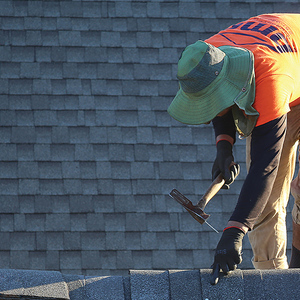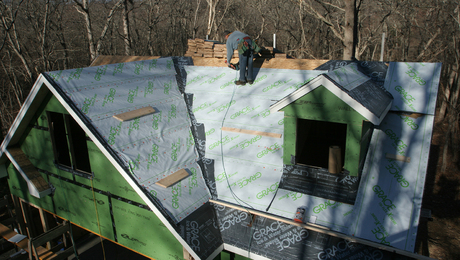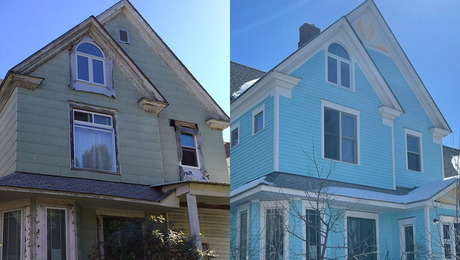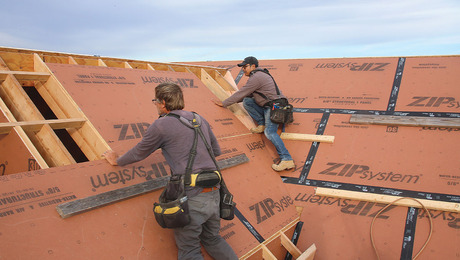Moisture Issues with SIPS and How to Avoid Them
While SIPS are a fast, easy way to build a well-insulated roof, building scientist Kohta Ueno explains what moisture-related problems can arise if you don't get your construction details right.
As a senior associate with the Building Science Corporation, it’s Kohta Ueno’s job to learn from building failures and communicate them to the public to avoid similar issues down the road.
In this video from the FHB Summit, Kohta takes a look at failures of note with SIPS, which are Structural Insulated Panel Systems. He notes that while there are definitely advantages to roofing with this system, such as great R-values and airtightness, SIPS come with their own challenges. He lays out of a couple examples:
Humidity
With a short building season in Alaska, using SIPS made for a quicker job. It wasn’t long, however, before a maintenance crew noticed mushrooms growing out of the roof shingles. Further examination showed moisture damage all along the ridge at the top of the building as well as along the panel joints down the sides. This was caused by the warm, humid air inside exploiting an imperfection in the joint, getting around the spline and the sheathing, but not finding a way out through the tar paper and shingles.
Shingle Ridging
This issue is when you can see the outline of every SIP panel on the roof and is caused by the seasonal changes that wood undergoes. In the winter, the wood SIP panels buckle, and in the summer, they unbuckle. Often, problems arise at the site of a tricky joint. Overall, this particular problem doesn’t pose immediate significant issues, but may impact long-term durability.
Solutions
Kohta’s suggestions for addressing these SIPS-related problems include putting a vented over-roof on with permeable underlayment, and using an air barrier on the interior in which you put in a tap joint on the underside, set the panels, and then push the tape in place.
RELATED LINKS

























